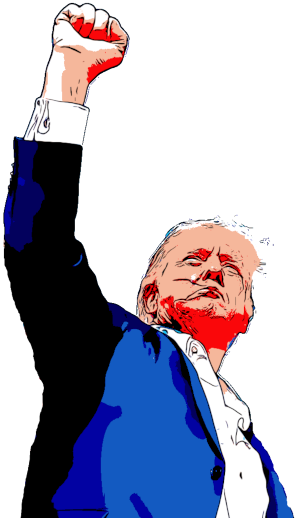Trump's Tariff Strategy: A Bold Move to Reshape U.S. Economy and Global Alliances
President Trump’s recent tariff impositions are part of a strategic plan to manage America’s debt, boost domestic industry, and recalibrate global alliances.
In a move that has stirred both domestic and international markets, President Trump has rolled out a series of tariffs aimed at not just protecting American industries but also at managing the looming $9.2 trillion debt refinancing challenge in 2025. According to Treasury Secretary Scott Bessent, a mere 30 basis point drop in 10-year Treasury yields since the tariff announcement could save the government $30 billion annually, a critical saving in the face of massive debt maturities.
The strategy behind the tariffs is multifaceted. By creating economic uncertainty, the administration aims to drive investors towards safer assets like U.S. Treasuries, thereby lowering borrowing costs. This approach, while counterintuitive, is seen as a ‘detox’ for an overheated financial system. Alongside this, the Department of Government Efficiency (DOGE), backed by Elon Musk, is targeting $4 billion in daily spending cuts, aiming to reduce the deficit by a trillion dollars by late 2025.
On the domestic front, the tariffs are designed to make imports more expensive, thereby giving American producers a chance to rebuild critical industrial capacity. This move, while likely to increase prices, is intended to showcase job growth and factory activity before the 2026 midterm elections. The tariffs are also expected to generate significant revenue, estimated at over $700 billion in the first year, providing fiscal space for tax cuts and continued spending on key social programs.
Globally, these tariffs are part of a broader strategy to reshape U.S. alliances. The administration is distancing itself from NATO, recalibrating ties with Europe, and opening new diplomatic channels with Gulf nations and Russia. The aim is to leverage tariffs to force countries to the negotiating table, with allies aligning with U.S. priorities potentially receiving tariff relief, while others face higher costs. China, with its artificially weak currency and industrial overcapacity, is a central focus, with tariffs seen as a way to force a revaluation of the yuan.
While the strategy carries significant risks, including potential inflation and the failure of reshoring efforts, it represents one of the most ambitious fiscal and industrial resets in a generation. The success of this bold move remains to be seen, but it underscores a clear intent to disrupt and redesign both the U.S. economy and its place in the global order.

